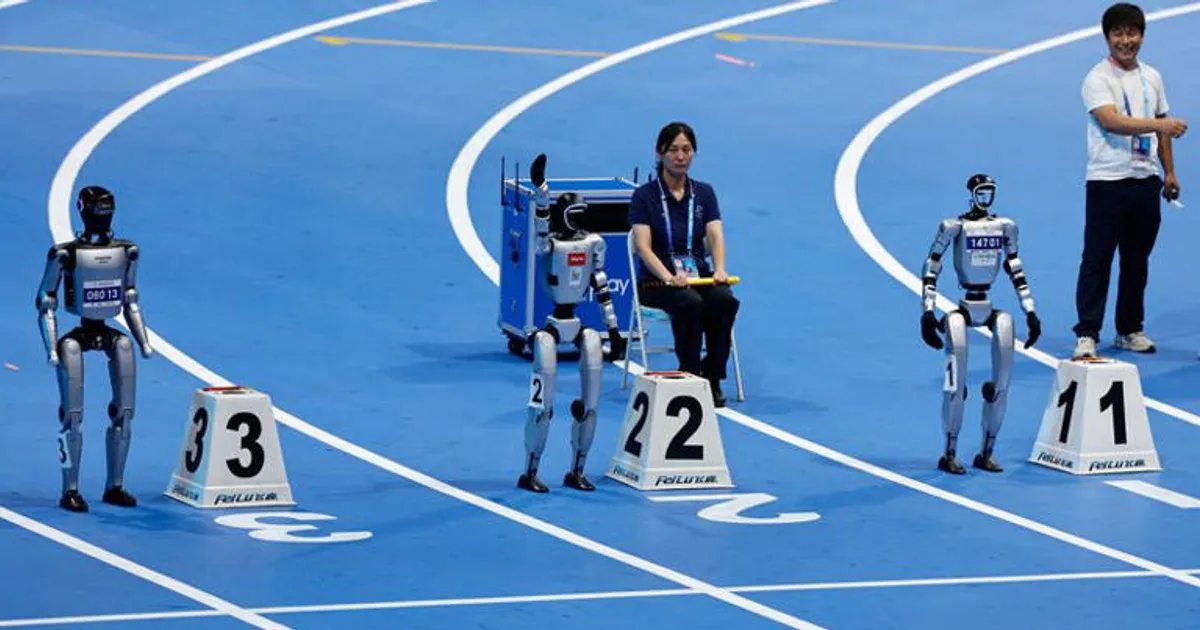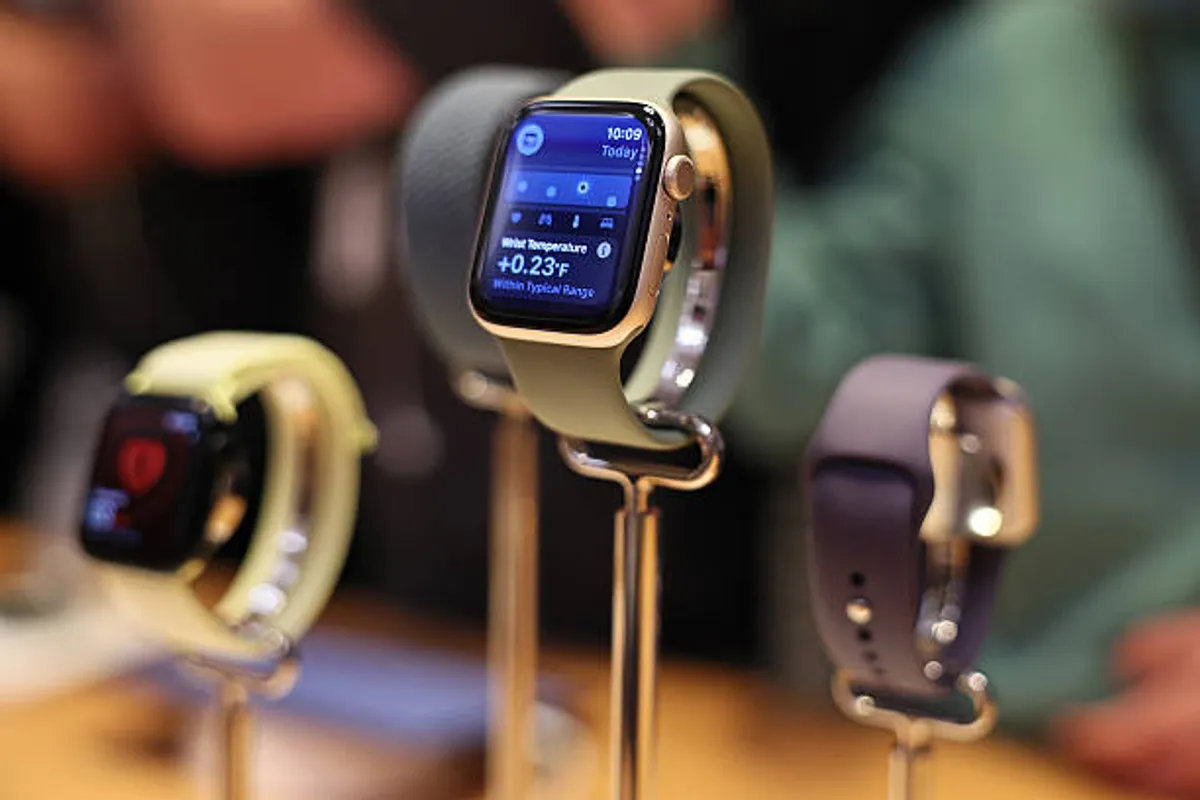
China’s Robot Olympics: Humanoids from 16 Nations Compete in Table Tennis, Football, Track

GeokHub
Contributing Writer
China has launched the inaugural World Humanoid Robot Games, a three-day event from August 14–17, 2025, showcasing over 500 humanoid robots from 16 countries competing in sports like table tennis, football, and track, alongside robot-specific tasks. Held at Beijing’s National Speed Skating Oval, the “Robot Olympics” highlights advances in AI and robotics while revealing their limitations, drawing global attention. This concise article covers the event’s scope, key competitions, and broader implications, tailored for those intrigued by this futuristic spectacle.
The Event: A Global Robotics Showcase
The World Humanoid Robot Games feature 280 teams, including 192 from universities and 88 from private enterprises, representing nations like the U.S., Germany, Brazil, Japan, and Australia. Organized by the Beijing municipal government, the event underscores China’s push to lead in AI and robotics, backed by over $20 billion in subsidies and a planned 1 trillion yuan ($137 billion) fund for startups. Competitions span 26 disciplines, including:
- Athletic Events: 100m sprints, long jump, and 5-on-5 football.
- Performance Showcases: Solo and group robot dances.
- Scenario-Based Tasks: Medicine sorting, logistics, and cleaning services.
Key Highlights
- Football: Fully autonomous 3-on-3 and 5-on-5 matches test perception and coordination, with Tsinghua University’s “Vulcan” squad beating China Agricultural University 5-3 in a preview.
- Track: Robots in the 1,500m race finished in 6:29:37, far off human records (3:26:00), with frequent falls drawing cheers.
- Table Tennis: Robots showed agility but struggled with precision, often toppling.
- Challenges: Tasks like sorting medicines test real-world applications, vital for China’s aging population.
The robots, equipped with optical cameras and AI algorithms, exhibit child-like motor skills, per researchers. Frequent crashes and falls, like four robots colliding in a football match, highlight current limits. A prior humanoid marathon saw robots emit smoke, raising durability concerns. Still, experts see these events as critical for refining AI for factories and homes.
Implications
- China’s Ambitions: The games showcase China’s robotics leadership, with companies like Unitree and Booster Robotics driving innovation.
- Global Impact: International teams, like Germany’s HTWK Robots, use the event to test new approaches, fostering collaboration.
- Future Applications: Success in sports could translate to practical uses, like industrial automation or eldercare, addressing China’s demographic challenges.
China’s Robot Olympics is a bold display of humanoid robotics, blending spectacle with innovation. While robots lag behind human athletes, their progress signals a future where AI enhances daily life. As Beijing pushes its $137 billion robotics agenda, the event marks a milestone in the global AI race.










